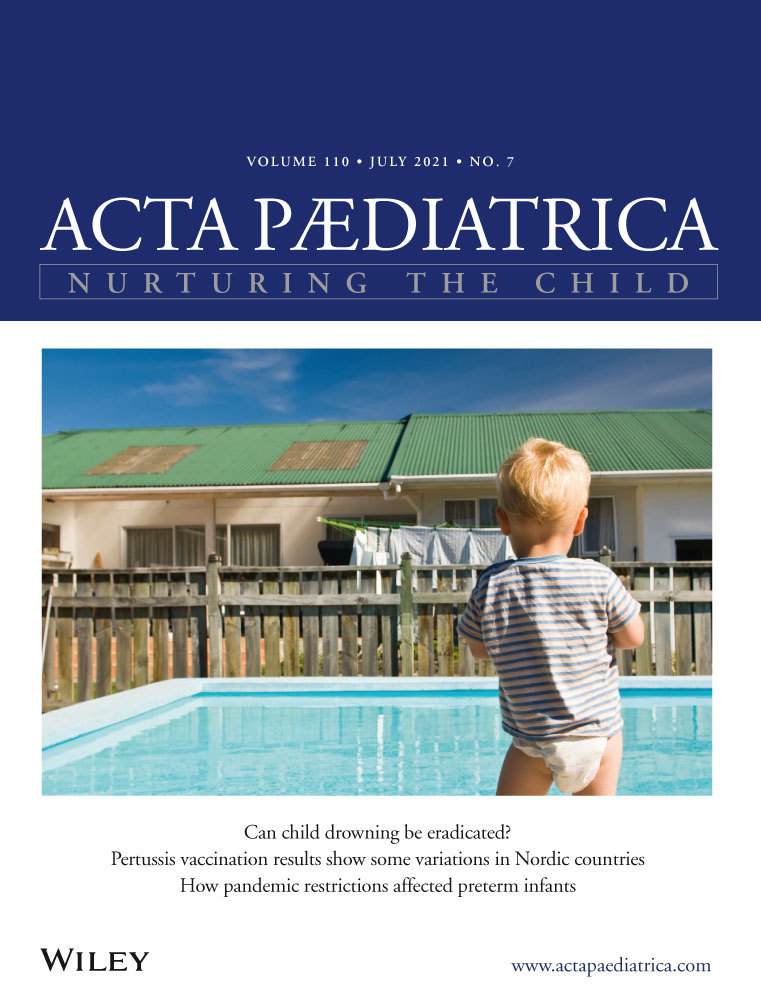Polymicrobial gastroenteritis in children
Abstract
Aim
Co-infections with viral and bacterial enteropathogens often augment severity of diarrhoea, however, there is limited evidence on the clinical importance of bacterial enteric co-infections. We investigated the rate, type and impact of bacterial enteropathogens and their associations in children with gastroenteritis.
Methods
Retrospective cohort study that included children 0–18 years old with acute bacterial diarrhoea during a 27-year period (1993–2019), in Crete, Greece. Differences in clinical characteristics and pathogen associations were investigated between single and multiple infections.
Results
Two or more bacteria were isolated in stool culture in 53 out of 1932 children (2.74%). Patients with co-infections were younger (p 0.0001) and had higher hospitalisation rates (p 0.03). Escherichia coli (E. coli) was the most prevalent pathogen associated with co-infections, in particular the E. coli enteropathogenic strains O127 and O111 (p 0.001), and Salmonella spp the least (p 0.001). Co-occurrence analysis revealed two positively associated pathogen pairs, E. coli with Campylobacter spp and E. coli (p 0.001) with Salmonella spp (p 0.04).
Conclusion
Bacterial enteropathogen co-infection was most common with E. coli strains and related to higher hospitalisation rates and younger age.
CONFLICT OF INTEREST
The authors declare that they have no conflict of interest.
Open Research
DATA AVAILABILITY STATEMENT
Available upon request.




